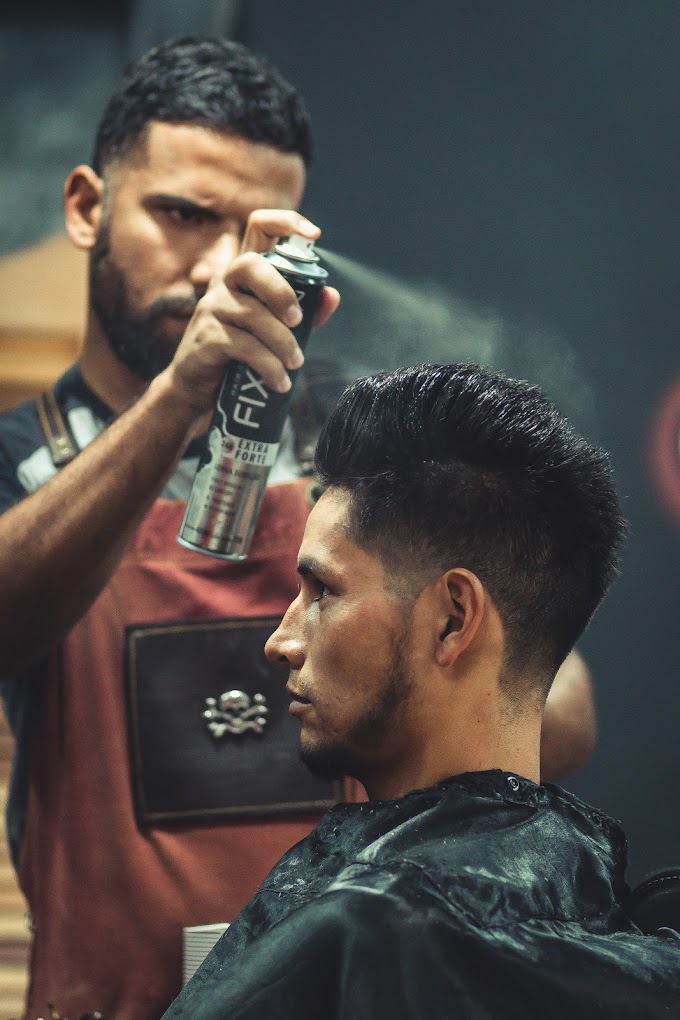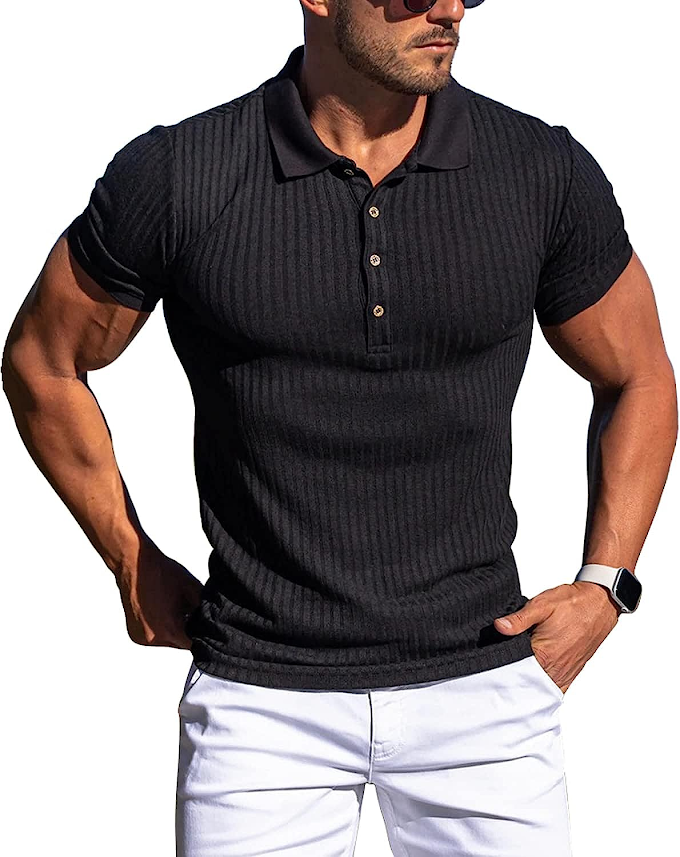How to Protect Your Hair from a Helmet
Here are some tips on how to protect your hair from a helmet:
1. Wear a silk or satin liner: A silk or satin liner will help to reduce friction between your hair and the helmet, which can cause breakage and damage. You can buy silk or satin liners specifically designed for helmets, or you can make your own by cutting a piece of silk or satin to fit the inside of your helmet.2. Use a hair product to protect your hair: A leave-in conditioner or hair oil can help to protect your hair from the friction and heat of the helmet. Look for a product that is lightweight and non-greasy, so that it doesn't weigh your hair down.
Click to buy Pilgrim Patua leave in hair conditioner
3. Tie your hair back: If you have long hair, tying it back in a ponytail or braid will help to keep it out of the way of the helmet. This will also help to prevent your hair from getting caught in the helmet's straps or buckles.
4. Avoid wearing a helmet on wet hair: Wet hair is more fragile than dry hair, so it is more likely to be damaged by the friction of the helmet. If you have to wear a helmet on wet hair, make sure to dry it as much as possible first.
5. Clean your helmet regularly: A dirty helmet can harbor bacteria and dirt that can damage your hair. Clean your helmet regularly with a mild soap and water solution.
6. Take off your helmet carefully: When you take off your helmet, be careful not to pull your hair out. Gently loosen the straps and remove the helmet from your head.
By following these tips, you can help to protect your hair from the damage that can be caused by wearing a helmet.
3. Tie your hair back: If you have long hair, tying it back in a ponytail or braid will help to keep it out of the way of the helmet. This will also help to prevent your hair from getting caught in the helmet's straps or buckles.
4. Avoid wearing a helmet on wet hair: Wet hair is more fragile than dry hair, so it is more likely to be damaged by the friction of the helmet. If you have to wear a helmet on wet hair, make sure to dry it as much as possible first.
5. Clean your helmet regularly: A dirty helmet can harbor bacteria and dirt that can damage your hair. Clean your helmet regularly with a mild soap and water solution.
6. Take off your helmet carefully: When you take off your helmet, be careful not to pull your hair out. Gently loosen the straps and remove the helmet from your head.
By following these tips, you can help to protect your hair from the damage that can be caused by wearing a helmet.
Here are some tips on how to protect your short hair from a helmet:
· Wear a silk or satin liner: This will help to reduce friction between your hair and the helmet, which can cause breakage and damage. You can buy silk or satin liners specifically designed for helmets, or you can make your own by cutting a piece of silk or satin to fit the inside of your helmet.· Use a leave-in conditioner or hair oil: This will help to protect your hair from the friction and heat of the helmet. Look for a product that is lightweight and non-greasy, so that it doesn't weigh your hair down.
· Style your hair before you put on your helmet: This will help to keep your hair in place and prevent it from getting too tangled. You can use a pomade, gel, or wax to style your hair.
· Avoid wearing a helmet on wet hair: Wet hair is more fragile than dry hair, so it is more likely to be damaged by the friction of the helmet. If you have to wear a helmet on wet hair, make sure to dry it as much as possible first.
· Clean your helmet regularly: A dirty helmet can harbor bacteria and dirt that can damage your hair. Clean your helmet regularly with a mild soap and water solution.
· Take off your helmet carefully: When you take off your helmet, be careful not to pull your hair out. Gently loosen the straps and remove the helmet from your head.
Here are some additional tips for short-haired men:
· If you have a buzz cut, you can use a styling product to give your hair some texture and hold.· If you have a crew cut, you can use a pomade or wax to style your hair in place.
· If you have a side part, you can use a gel to keep your hair in place.
By following these tips, you can help to protect your short hair from the damage that can be caused by wearing a helmet.
Here are some tips on how to protect your long hair from a helmet:
· Tie your hair back: This is the most important tip for protecting long hair from a helmet. Tying your hair back will keep it out of the way of the helmet and prevent it from getting caught in the straps or buckles. You can tie your hair in a ponytail, braid, or bun.· Use a silk or satin liner: A silk or satin liner will help to reduce friction between your hair and the helmet, which can cause breakage and damage. You can buy silk or satin liners specifically designed for helmets, or you can make your own by cutting a piece of silk or satin to fit the inside of your helmet.
· Use a leave-in conditioner or hair oil: This will help to protect your hair from the friction and heat of the helmet. Look for a product that is lightweight and non-greasy, so that it doesn't weigh your hair down.
· Avoid wearing a helmet on wet hair: Wet hair is more fragile than dry hair, so it is more likely to be damaged by the friction of the helmet. If you have to wear a helmet on wet hair, make sure to dry it as much as possible first.
· Clean your helmet regularly: A dirty helmet can harbor bacteria and dirt that can damage your hair. Clean your helmet regularly with a mild soap and water solution.
· Take off your helmet carefully: When you take off your helmet, be careful not to pull your hair out. Gently loosen the straps and remove the helmet from your head.
Here are some additional tips for long-haired men:
· If you have a ponytail, you can use a hair tie that is made of silk or satin. This will help to reduce friction and prevent your hair from getting damaged.· If you have a braid, you can use a braiding gel or hairspray to help keep your braid in place.
· If you have a bun, you can use a hair net or scrunchie to help keep your bun in place.
By following these tips, you can help to protect your long hair from the damage that can be caused by wearing a helmet.
Here are some additional tips:
· If you have curly hair, use a styling product that will help to define your curls and prevent them from frizzing.· If you have dry hair, use a deep conditioning treatment once a week to help keep your hair hydrated.
· Avoid using heat styling tools on your hair, as this can damage it.
· Eat a healthy diet and drink plenty of water to keep your hair healthy from the inside out.
By following these tips, you can keep your hair looking its best, even when you're wearing a helmet.
Here are some additional products that can help protect your hair from a helmet:
· Silk or satin liner· Leave-in conditioner
· Hair oil
· Head sock or skullcap
· Balaclava
Frequently Asked Questions (FAQs)
1. Do I really need to protect my hair while wearing a helmet?Ans: Yes, it is important to protect your hair while wearing a helmet to prevent damage and breakage. Helmets can cause friction, pulling, and tangling of hair, which can lead to hair loss, split ends, and other hair problems.
2. How can I prevent my hair from getting tangled in a helmet?
Ans: One way to prevent hair tangles is to tie your hair in a low, loose bun or ponytail before putting on your helmet. This keeps your hair contained and minimizes friction with the helmet. Another option is to use a silk or satin beanie or helmet liner, which reduces friction on the hair and helps in maintaining its smoothness.
3. How can I protect my hair from sweat while wearing a helmet?
Ans: To protect your hair from sweat, consider using a sweat-wicking headband or scarf underneath your helmet. These accessories can absorb excess moisture and prevent it from seeping into your hair, reducing the risk of greasiness and odor. Additionally, washing your hair regularly and using a dry shampoo between washes can help keep your hair fresh and clean.
4. Can I use hair products before wearing a helmet?
Ans: It is best to avoid using heavy hair products, such as gels or oils, before wearing a helmet as they can make your hair greasy and attract dirt and dust. Instead, opt for lightweight and non-greasy products like leave-in conditioners or serums to protect and nourish your hair without weighing it down.
5. How often should I clean my helmet to avoid hair damage?
Ans: Regularly cleaning your helmet is essential to prevent the buildup of sweat and dirt which can transfer to your hair. Read the manufacturer's instructions for cleaning your specific helmet, but generally, a gentle soap and water solution can be used to clean the exterior. Remember to let it dry completely before wearing it again.
6. Are there any specific hairstyles that are better for protecting hair from a helmet?
Ans: Tying your hair in a braid, a low bun, or a ponytail can help minimize friction and tangling while wearing a helmet. These hairstyles keep hair contained and prevent it from getting caught in the helmet's straps or ventilation holes. Experiment with different hairstyles to find what works best for you and your helmet.
7. What should I do if my hair is still damaged despite taking precautions?
Ans: If you notice hair damage despite taking precautions, it is important to address it promptly. Consider using deep conditioning treatments or hair masks to nourish and repair your hair. Additionally, consulting with a hairstylist or trichologist (hair and scalp specialist) can provide personalized advice and recommendations to improve hair health.
Remember, protecting your hair while wearing a helmet is essential for maintaining its health and preventing damage. By following these tips and being mindful of your hair care routine, you can enjoy both your rides and healthy hair.













